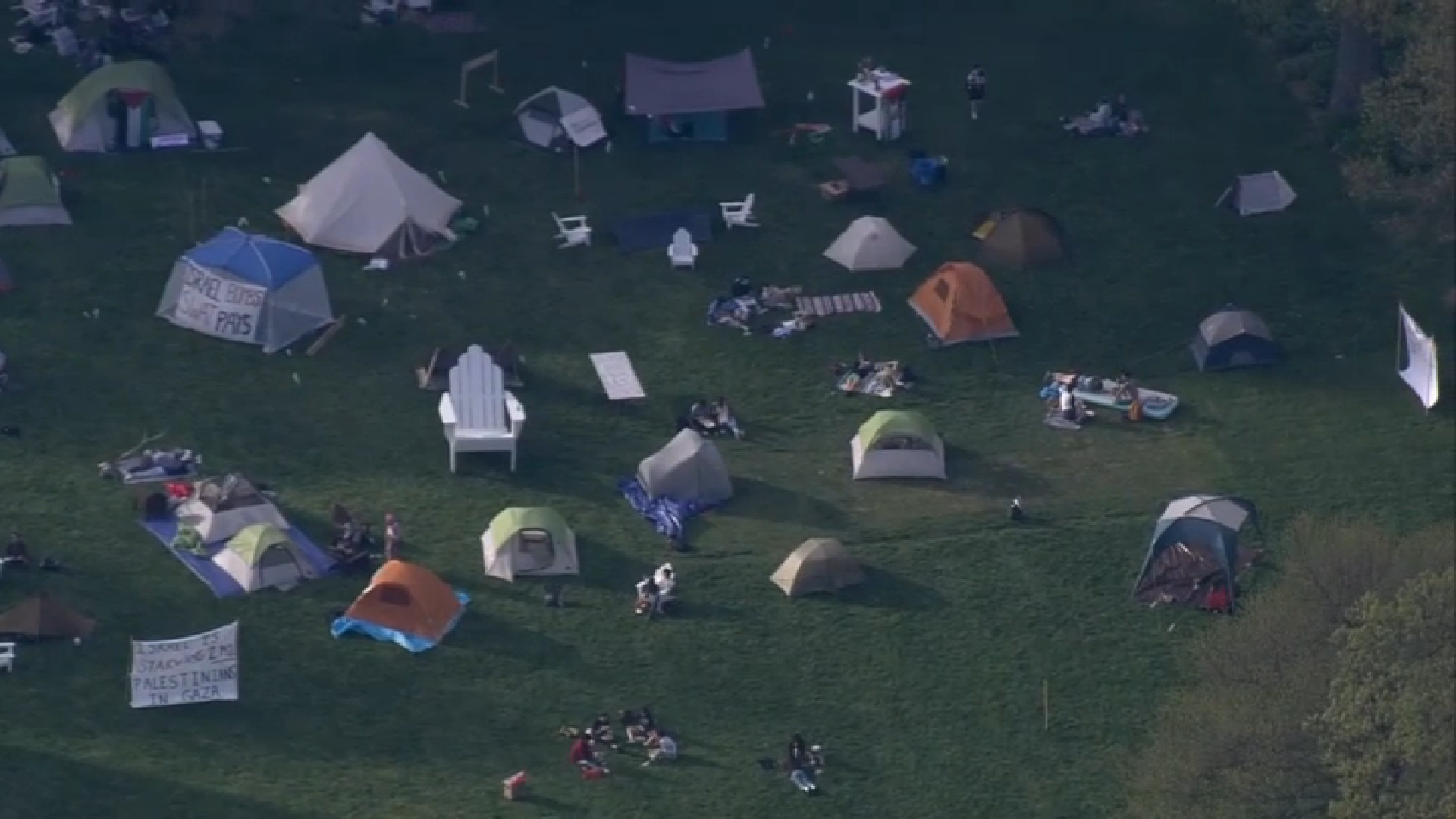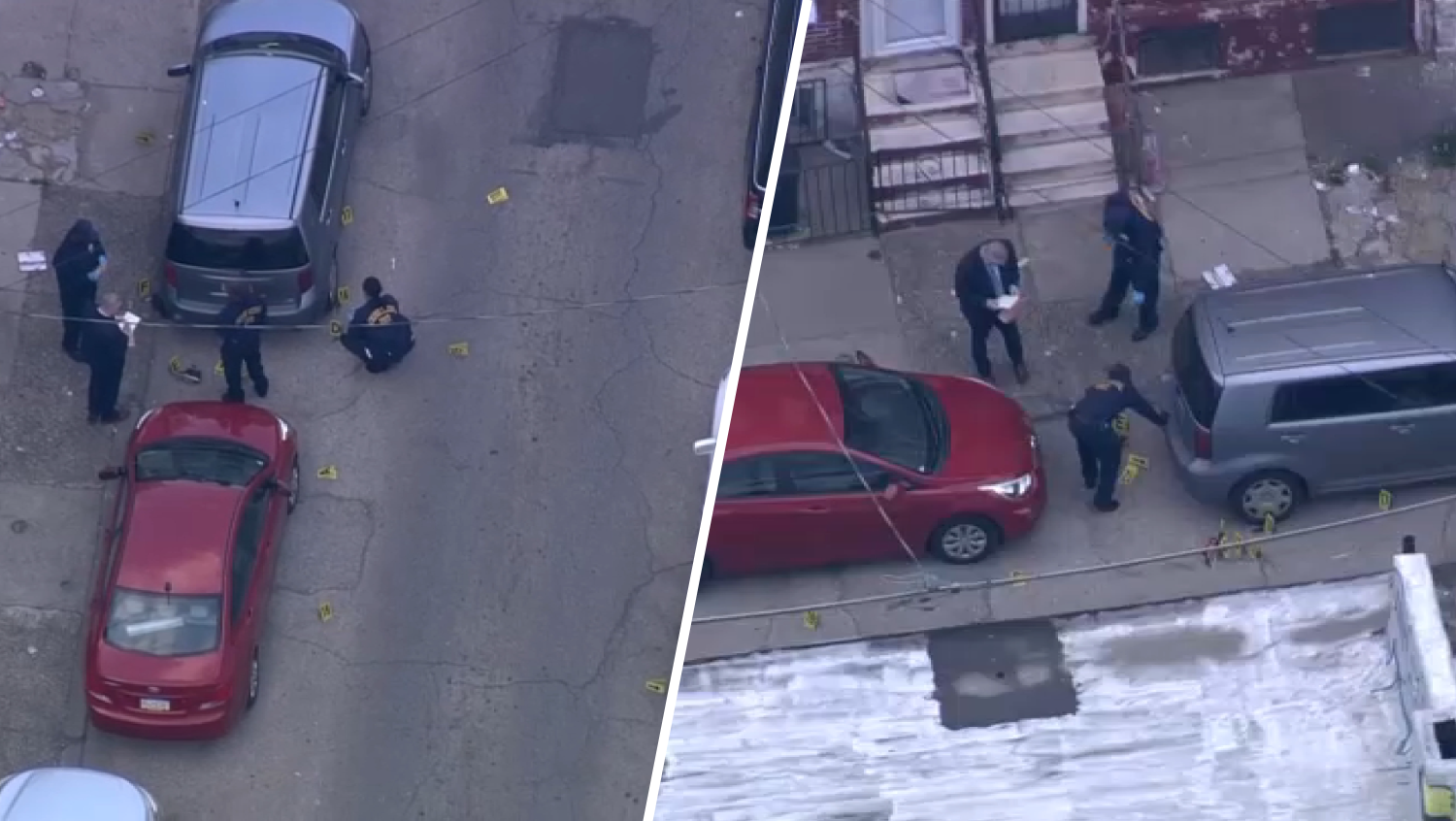The search for funding for Philadelphia's public schools continues, as students, parents and teachers await answers from City and State officials. The district is trying to close a $304 million funding gap. The city came up with a plan to raise $74 million by agressively collecting back taxes and by adding a $2 a pack cigarette tax. That additional tax was tied to $45 million in anticipated revenue and it has not been approved by state lawmakers. Governor Corbett announced on Sunday that he had brokered a deal that would contribute $140 million on behalf of the state, with many of the announced dollars conditional. Both the state and city plans include the aggressive tax collection, which muddles the numbers. Navigating these conditions, and keeping up with union negotiations and pass-or-fail legislation can be difficult. While the School District's budget is sure to remain a topic of discussion throughout the summer, those discussions are likely to be riddled with misinformation.
TheNotebook.org investigates and reports extensively on the Philadelphia School District. We reached out to contributing editor Dale Mezzacappa, and asked her to break down the City and the State's plans and where they stand today for saving Philly's schools.
Q: What sources of new money does the governor’s plan include?
A: For this year, it includes $45 million in a one-time federal infusion, and $50 million from additional borrowing against money that will start coming to the District next year from extending the 1 percent city sales tax surcharge beyond 2014 and diverting proceeds to the schools. It also projects that $30 million additional will come from more aggressive city property tax collection (the city projects only $28 million). And it includes nearly $16 million increase in state basic education funding for the city. But that is only $2 million more in the basic education subsidy than the District had already included in its austerity budget. The governor says it all adds up to $140 million, but the plan would produce roughly $125 million in revenues not already factored into the budget.
Q: How much of this is city vs. state money?
A: The basic education increase is state money, and the $45 million is money the state would have otherwise had to pay back to the federal government – it is forgiveness of a past overpayment. The rest of the money will come from people who live, own property, or shop in the city.
Q: How much of the money is one-shot vs. recurring?
A: The $45 million grant will definitely have to be replaced next year. Increases in basic education funding are recurring. The sales tax surcharge should ultimately generate $120 million in recurring revenue, but the proceeds from 2014-15 are being split between this year and next. It is still unclear whether the $30 million from more efficient city property tax collection will be recurring, or a one-time recouping of delinquent taxes. Certainly the hope is that the city will be able to collect more of the money it is owed from taxpayers each year than it currently does.
Q: What additional action is needed to guarantee the funds?
A: The plan makes the $45 million and the $50 million contingent on the new Secretary of Education, William Harner, “certifying” that the District has adopted certain operational, educational and fiscal reforms. Increasing property tax revenues on a recurring basis may depend in part on whether the city gets three new bills from the state expanding its powers. Those bills are not on the immediate docket, but Council members are confident they will be approved.
Q: Some are saying Corbett’s plan provides $274 out of $304 million needed. Has this plan closed nine-tenths of the gap?
Local
Breaking news and the stories that matter to your neighborhood.
A: To draw that conclusion assumes that the deal guarantees that the District will get the entire $133 million it is seeking in concessions from the unions. The provision requiring certification by the Secretary of Education strengthens the District’s hand in getting the concessions. But union president Jerry Jordan argues that the union is now being asked to contribute more than the combined efforts of the city and state.
Using the $274 million figure also counts the entire $16 million increase in the basic education subsidy as an increase over what the District had already budgeted, when only $2 million is above what it had already factored in.
Q: Does this plan mean that the District can avoid nearly 4,000 layoffs?
A: That is not yet known. The District will most likely offer a more detailed response to the package later in the week after it is finalized and budget officials have had the chance to analyze its implications. Negotiations with the union are likely to continue at least up to the August 31 deadline. State action at best gives the District about half the dollars needed to avert the layoffs in its gap-closing plan.
Q: What will the sales tax extension mean long-term?
A: It means that people who live and shop in Philadelphia will pay a higher sales tax and that “up to $120 million” from that 1 percent bump will be used to fund the schools. The $120 million matches the amount that the District had asked for from the state, but the money will come from local sources, and that full amount won’t be achieved until 2016.



